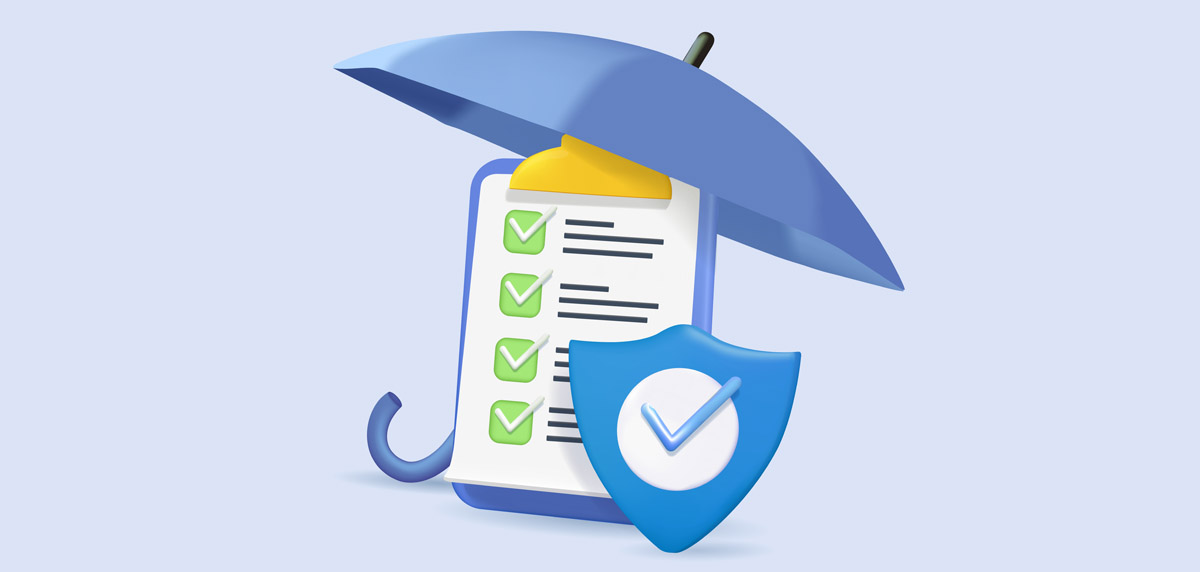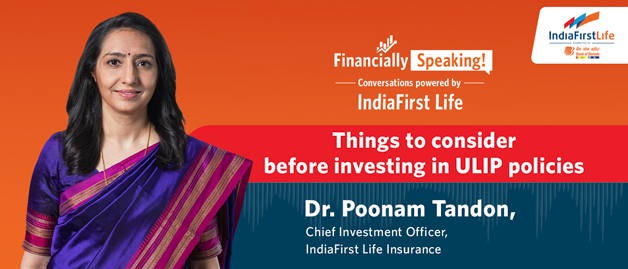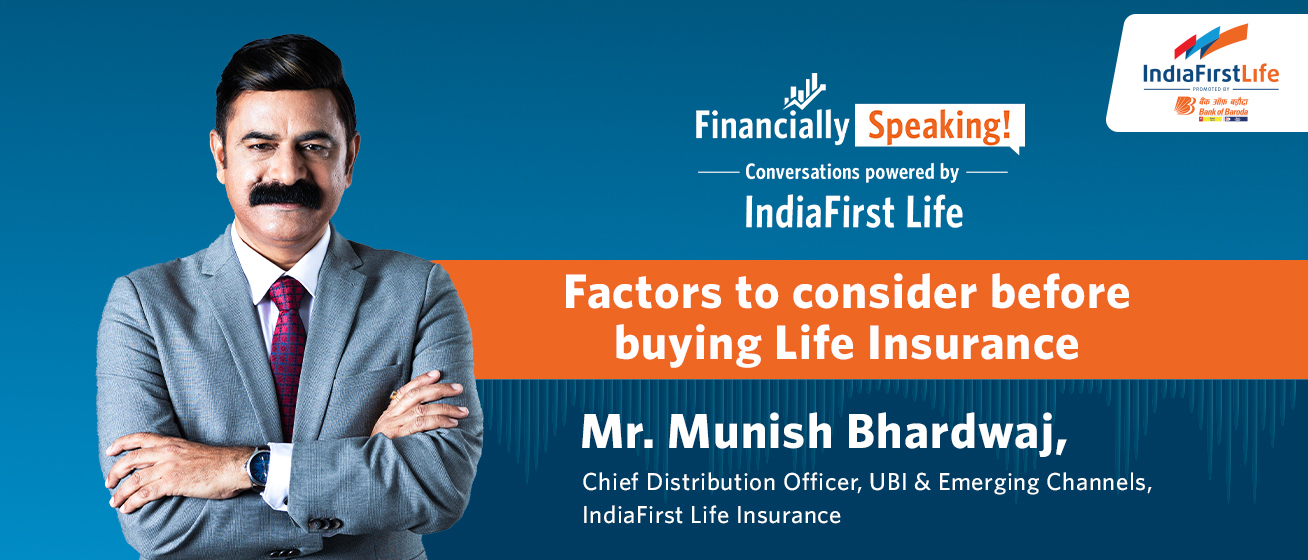How do I diversify my investments within a ₹1 lakh portfolio?
- Answer
-
To diversify a ₹1 lakh investment portfolio, you can spread your money across multiple assets. For example, you can invest ₹40,000 in fixed deposits for safety, ₹40,000 in mutual funds for growth, and ₹20,000 in gold or liquid funds for liquidity. This will allow you to have a balanced portfolio. This kind of diversification will reduce risk, improve stability, and help your portfolio grow steadily across market conditions.



















